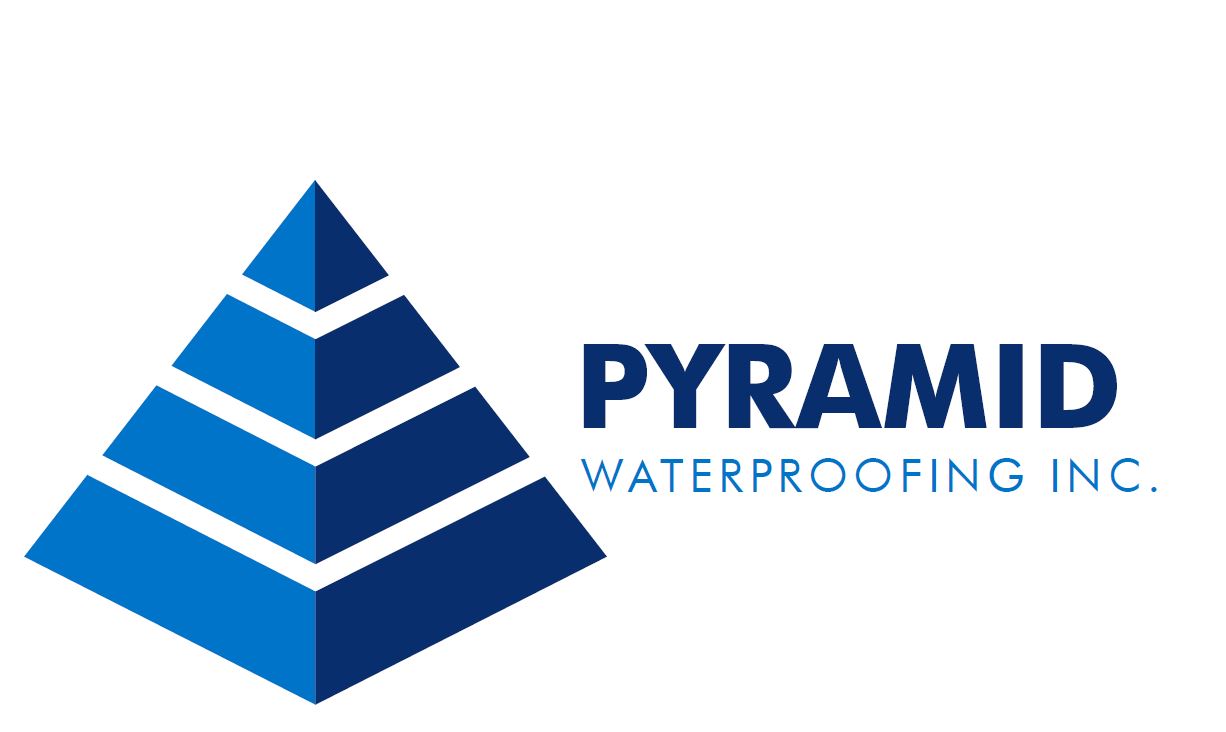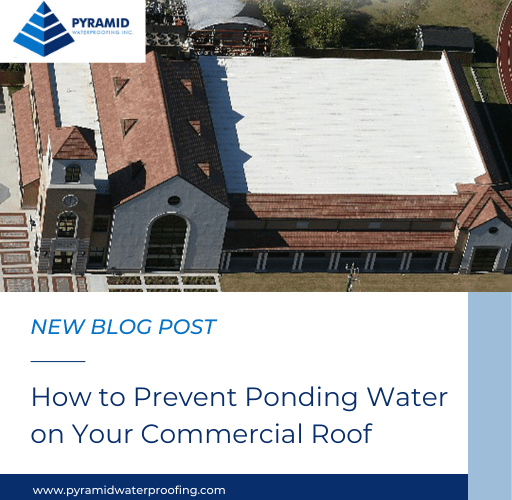July 26, 2023 |
Blog
How to Prevent Ponding Water on Your Commercial Roof
Ponding water on a flat or low-slope commercial roof can cause serious damage if left unaddressed. From leaks and structural damage to mold growth, it’s important to take steps to prevent ponding water. Here are some tips to keep your commercial roof in good condition and reasons why you could be experiencing this with your roof.
Reasons Ponding Could Happen
- Poor drainage: If the roof doesn’t have adequate slopes or drains to direct water off the surface, water will accumulate in low spots and form ponds.
- Clogged drains: Even if the roof has drains, they can become blocked by debris such as leaves, twigs, or dirt. This can prevent water from flowing out and cause ponding.
- Structural settling: Over time, a building’s foundation and roof can settle or shift, causing depressions in the roof surface that trap water and create ponds.
- Damaged roofing material: If the roof membrane, flashing, or other components are damaged or deteriorated, water can seep through and collect in low areas.
- Design flaws: In some cases, the roof may have been poorly designed or installed, with inadequate support or drainage systems that lead to ponding.
Preventing Ponding Water
- Regular Inspections and Maintenance: Conducting regular inspections and maintenance is the first step in identifying and repairing potential problems before they become major issues. Having your roof inspected twice a year or after major weather events will help prevent ponding by pinpointing signs of standing water, cracks, or other damage.
- Proper Drainage: A key factor in preventing ponding is making sure your roof has adequate drainage. This can be achieved through the installation of gutters and downspouts. Have your gutters cleaned regularly to ensure they are not clogged with debris.
- Roof Slope: Evaluate the slope of your roof. If it is flat or has a low slope, consider adding a slope to encourage water to drain properly. You can do this by adding a retrofit roof, learn more here.
- Reroofing: There are many types of reroofing available. Once proper repairs have been made, it is worth considering one of these roofs. Modified Bitumen Roofing and Single-Ply Roofing are both great options that are applied on top of your current roof.
By following these tips, you can prevent ponding water on your commercial roof. To learn more about roofing options, repairs, or maintenance, contact our team through our website here.

